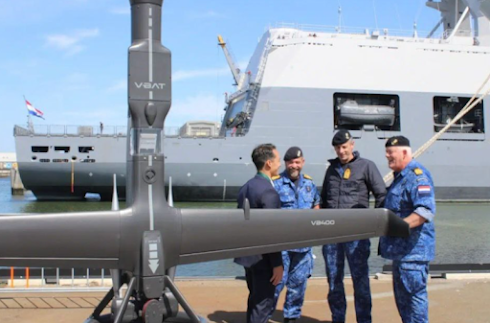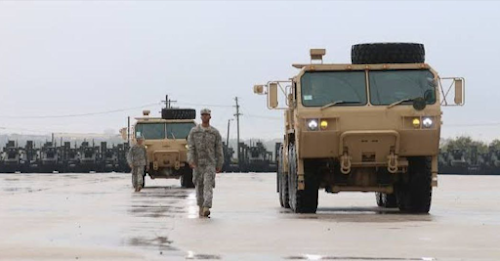The five military robots with artificial intelligence already in use on the battlefield include:
1. The MQ-9 Reaper is an American attack drone used by the US Air Force and Navy, as well as the armies of Great Britain, Italy, France and other countries. It is capable of carrying out reconnaissance missions and striking with AGM-114 Hellfire missiles and bombs with laser or GPS guidance. The MQ-9 Reaper works autonomously and allows you to make lightning-fast decisions without delay from the operator, significantly reducing the risk to soldiers and increasing the effectiveness of combat missions. Its first flight took place in 2001, it has been in operation since 2007, and flight autonomy reaches 14-27 hours, depending on the modification. As of 2018, there were approximately 222 such devices in the US Air Force.
2. Uran-9 is a Russian combat robot with artificial intelligence designed for combat operations in urban and suburban areas. It is equipped with various weapons and surveillance systems.
3. THeMIS is a robotic platform used for combat, reconnaissance and support missions. The main application is infantry support and dangerous missions.
4. Indian Robotic Mule is a robotic truck or porter that helps transport goods and performs auxiliary functions on the battlefield.
5. Goalkeeper CIWS is an automatic air defense system that includes artificial intelligence elements to identify and defeat aerial targets with high reaction speed.
These AI-powered robots make it possible to process sensor data, avoid threats, and operate as efficiently as possible in combat, which marks a new era in warfare. Every year, more and more countries are expanding the use of such systems for various combat, border and auxiliary tasks, reducing risks to people and improving the operational capabilities of the army. AI in military robots allows you to make split-second decisions when time is critical.



.jpg)
























.jpg)
